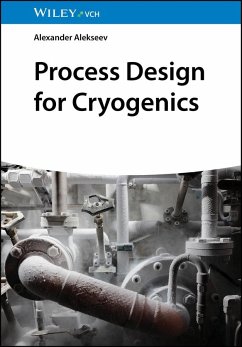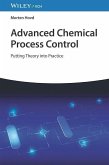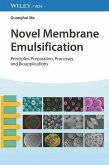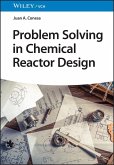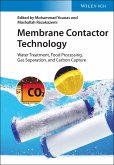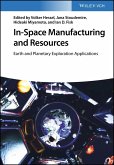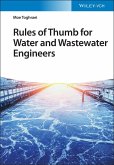This book covers design for cryogenic processes like air separation, natural gas liquefaction as well as hydrogen and helium liquefaction. An overview of the basics of cryogenics is followed by process design for modern industrial plants. The books helps to visualize the theories of thermodynamics related to cryogenics in practice. A central concept in the book is also the connection between the theoretical world of process design and the real limitations given by available hardware components and systems.
The book begins with a chapter on cryogenic gases like nitrogen, oxygen, argon, neon, hydrogen, helium and methane, followed by a chapter on thermodynamics. The next chapters cover typical cryogenic refrigeration processes, including the classic Joule Thomson process, the contemporary mixed-gas Joule Thomson process and expander-based processes like Brayton and Claude cycles. Then helium and hydrogen liquefaction as well as air separation are discussed.
The book is a must-have for engineers and scientists working in academia and industry on cryognic processes.
The book begins with a chapter on cryogenic gases like nitrogen, oxygen, argon, neon, hydrogen, helium and methane, followed by a chapter on thermodynamics. The next chapters cover typical cryogenic refrigeration processes, including the classic Joule Thomson process, the contemporary mixed-gas Joule Thomson process and expander-based processes like Brayton and Claude cycles. Then helium and hydrogen liquefaction as well as air separation are discussed.
The book is a must-have for engineers and scientists working in academia and industry on cryognic processes.

